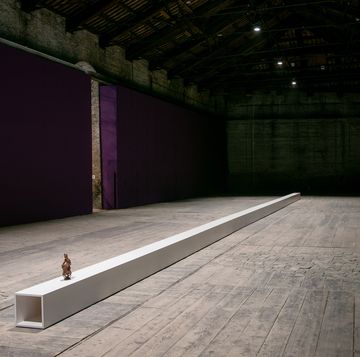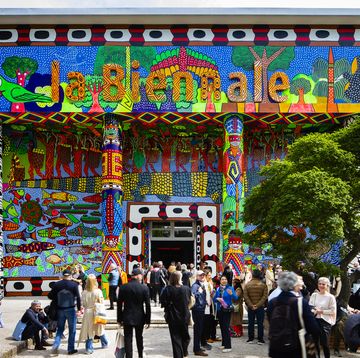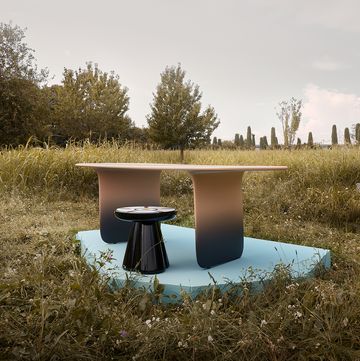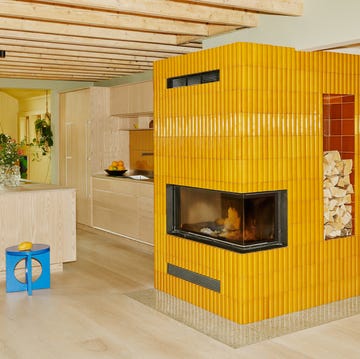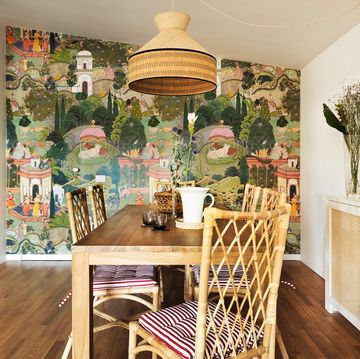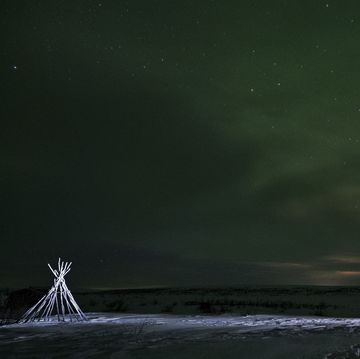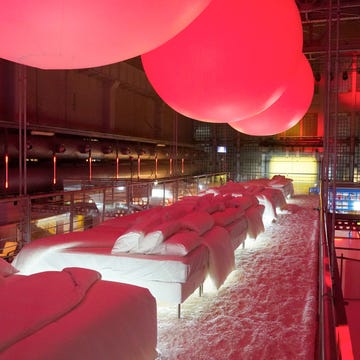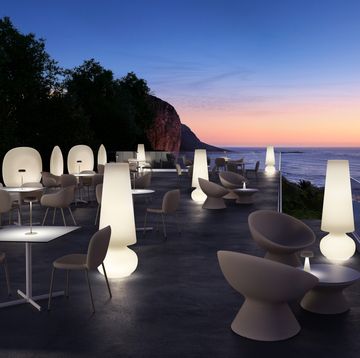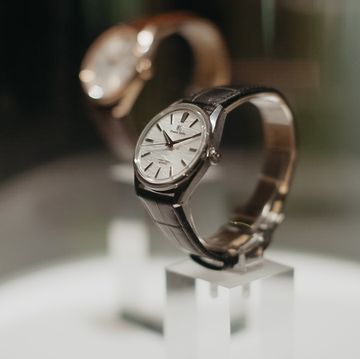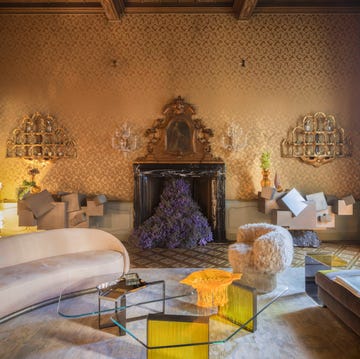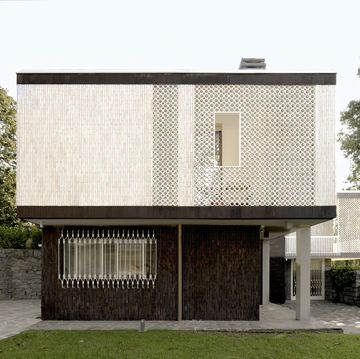Legend has it that when Zoroaster was conceived, his mother Dugdōw was surrounded by a holy light and that her home glowed radiantly for three nights. As the story would have it, the light was a symbol meant to warn the demons to flee, for their defeat was near.
Unlike most babies, Zoroaster was born laughing. A prophet of Ahura Mazdā, the One and Only God and Creator, he would bring the Light and Spirit to men and women across the land. Living in the territory between Turkey and Afghanistan, Zoroaster spread his beliefs in the Middle Eastern region that would later become the glorious Persian Empire (reigning for over 2500 years), known today as Iran.
There’s a broad misunderstanding of the country where media outlets tend to stick to news surrounding nuclear development and Islamic fundamentalism. True, Iran is essentially a theocracy, isolated from the world since 1979 (hidden behind the false façade of the “Islamic Republic”) by Ayatollah and Pasdaran that control the country through Islamic law. The government censors Facebook, prohibits the screening of films that violate the morals of Islam (nearly 99% of cinematographic production), bans music or theater failing to respect traditions, and has eliminated the consumption of alcohol throughout the entire country.
The search (and hope) for freedom is cyclically manifested through peaceful protest —like the latest campaign My Stealthy Freedom, in February 2018 against the mandatory use of women’s veils — and continuously repressed through mass arrests by the government.
Understanding Iran today through the events that mark its modern history is no easy feat: the excesses of Shah Reza Pahlavi, the revolution against the monarchy guided by Khomeyni (which ended with the foundation of the Islamic Republic in 1979), the failed coup by the CIA, the drawn-out war against Iraq in the eighties, the continued tension with the USA thanks to the Iranian nuclear program — when in reality, the mostly shiite muslim country is the largest investor against the fundamental sunni of Isis — have all contributed to the country’s negative depiction through public outlets.
Beyond the sensational headlines and warped politics, however, lies a completely different Iran. A journey to this stunning country means coming face to face with the atmosphere of the Arabian nights, where the green and blue domes of mosques and madrasas dot the desert landscapes like sparkling jewels. The Iranian people are incredibly welcoming, and their hospitality and generosity are difficultly matched elsewhere. Protecting 22 UNESCO World Heritage Sites, awe-inspiring panoramas are coupled with the sweet (and savory) scent of Persian cuisine, wafting notes of pomegranate, citrus, walnuts, honey, and countless spices fill the city streets.
The architecture here in Iran, beyond its ancient roots (just think of the poetry in the landscapes of the Persian garden or of the ancient Persepolis, one of the five capitals of the Achaemenid kingdom founded by Cyrus the Great in the 6th century B.C.), has always been among the avant-garde, or at least until the fall of the Shah.
In the 1960’s, Giò Ponti designed the Villa Nemazee in the well-to-do northern district of Tehran, a Milanese masterpiece that today has been all but abandoned. Elsewhere, the luxurious estates of the Pahlavi royal family have come to represent the style of the times. Among them sits the unforgettable Niyavaran Palace of Tehran, completed in 1968. It’s an extraordinary example of Brutalist architecture whose glamorous interiors mix and match styles and iconic design pieces, from The Lounge Chair by Eames to Saarinen’s chairs and Persian rugs, bear furs, crystal chandeliers, and pieces by Picasso and Warhol. Yet the estate’s most surprising element has to be the retractable ceiling over the central living space.
Less surprising is the role played by design and architecture in a somewhat silent revolution, rumbling throughout the country and looking to revive the Light and Spirit of the laughing prophet.
The purpose of this very story, which began as a challenge, is to reveal a contemporary Iran — where communication is largely censored — through a collection of images and spaces, cafes, hotels, restaurants, and public areas that frame the day to day life of a new generation.
A journey to Iran: Tehran, the capital
Our tour through Iran begins in the capital of Tehran, diving into the culture of the early 20th century with a mandatory stop at Café Naderi, one of the city’s verified institutions. With all the trappings of a vintage hideaway, it’s a tribute to the communal nostalgia that has remained untouched throughout the years. Café Naderi was once a meeting place for the intellectuals and artists, decorated with original pieces from the 1950’s and set apart for its vibrant green walls — a location dear to Persian designer India Mahdavi.
For an industrial-chic atmosphere, don’t miss Sam Café in the affluent neighborhood of Elahiye, featuring contemporary leanings, old abat-jour, plants, and flowers in a modern setting for a young Tehran. The fun and friendly atmosphere takes after the hipster mood of a bar in Brooklyn or Williamsburg.
When it comes time to escape the concrete jungle and the traffic in the city center, be sure to check out the Chai Bar. Nestled in a secret garden with fountains and water features, the former private library of a patrician home sits inside a majolica-clad pavilion with floral fantasy.
A journey to Iran: Isfahan, the old capital
A visit to Iran isn’t complete without stopping in the old capital of Isfahan, a city embodying the spirit of Persia. Here, the Naqsh-e Jahan Square, a Safavid architectural masterpiece from the 18th century known as “half the world”, is second in size only to Tiananmen Square.
For a luxurious stay worthy of a Shah, head to the Abbasi Hotel, the oldest hotel in the world and a caravanserai from the 18th century — now one of the most exclusive addresses in the city.
The interiors are an explosion of glamorous decorations, mirrors, and crystals, although the internal courtyard is the real gem to behold. Among fountains, flowers, palms, and fruit trees, you can choose between four restaurants whipping up traditional and international fare.
One more bit of advice, check out the Armenian district just a bit off the beaten path. It’s one of the most trendy areas of the city, overflowing with cafes and boutiques for the local young designers.
A journey to Iran: Shiraz, the cosmopolitan
The journey continues towards the south. Shiraz is the most cosmopolitan city of Iran and the birthplace of countless artists and poets. Coupling modernity with artisan handicraft, the Kohan Restaurant uses different materials like wood, iron, terracotta, and glass to create a simultaneously rustic and refined elegance.
The most original element remains the central island in steel and wood, on top of which rests the elaborate dishes of meze, the traditional Middle Eastern appetizers.
Another address not to miss while planning a trip to Iran is the Rotte Food Adventure, a European style brasserie with Nordic decor that doesn’t hold back. The stunning onyx clad wall is reminiscent of a certain Austrian project by Adolf Loos.
A journey to Iran: Kashan, the unknown gem
To end your journey in Iran, head back north to the small town of Kashan, an authentic pearl that has yet to be rundown by tourists.
The city of Kashan is an open-air museum which boasts the most well-preserved traditional Qajar style homes from the late 19th century.
Many of the residences have since been transformed into hotels and the Manouchechri House is among the finest in town. Three years of restoration transformed this home into a boutique hotel with nine fabulous rooms. The beautiful decore intertwines both the traditional and the contemporary, while the pool boasts a luxurious patio and the small, on-site museum will introduce you to the techniques of Persian textiles.
Behind the veil of a country shrouded in intricate politics, age-old traditions and modern-day innovation fuse among the culturally rich landscapes for a truly one of a kind experience. April and May are the best months to visit Iran and the Persian spring offers perfect temperatures and clear blue skies. Just remember to pack some cash, as the country’s bank circuits don’t accept payment with international credit cards!
Translated by Austin Sawhill


